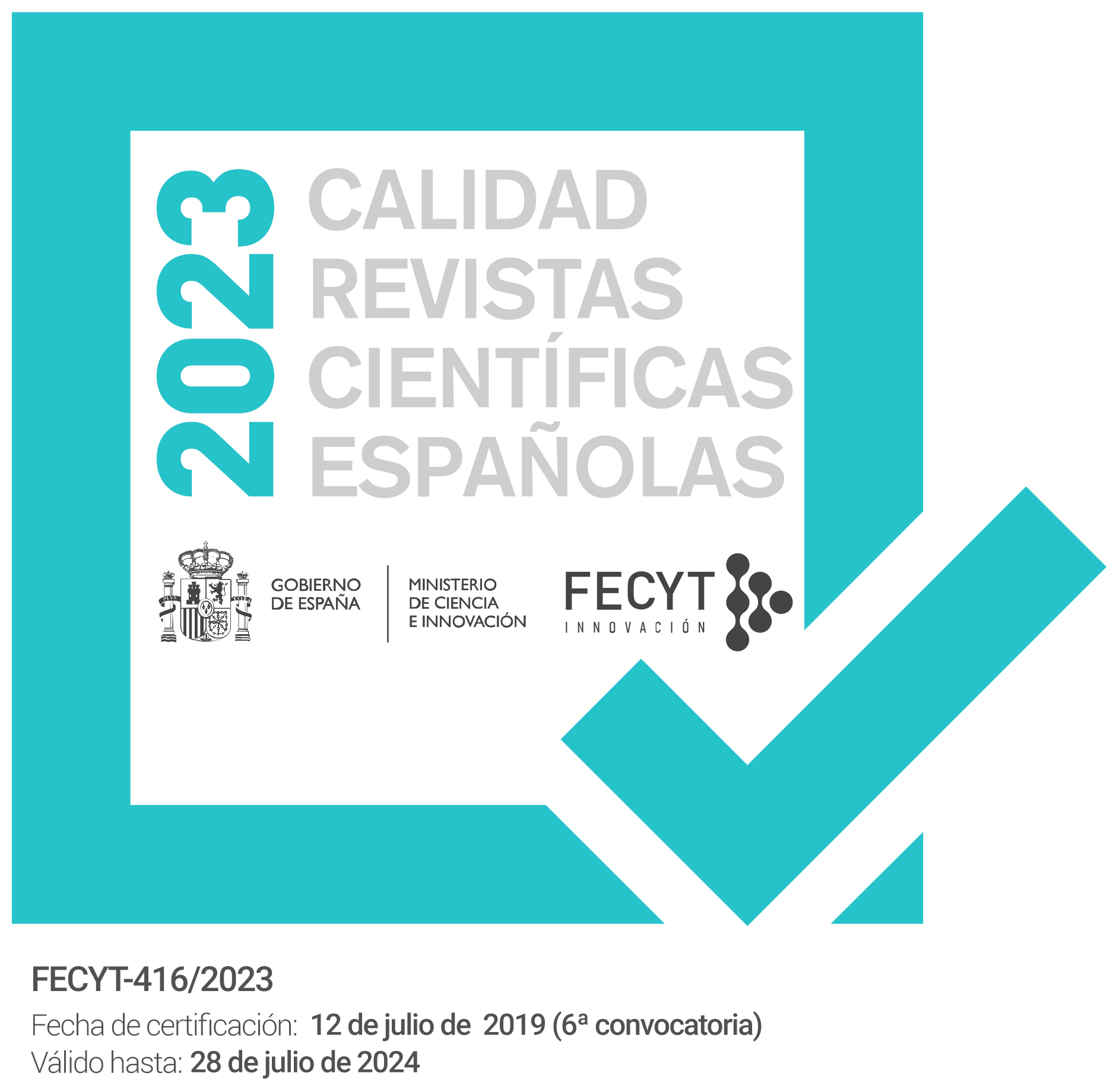Le Bassin de Ribeira Seca de Santiago, Cap Vert: une gestion basée sur l´approche GIRE
Keywords:
eau, agriculture, barrage, gestion, environnement, water, dam, water resources, management, environmentalAbstract
Dans cet article, l´auteur caractérise l´eau et l´agriculture des îles du Cap Vert et analyse les défis de
l´eau après la construction du barrage de Poilao dans la Vallée de Ribeira Seca, sur l´île de Santiago,
en se servant de l´approche GIRE (Gestion Intégrée des Ressources en Eau). Au niveau de la législation,
il s´avère nécessaire de proposer de nouvelles lois, décrets et règlements qui soient en accord avec
notre réalité, en opposition à un important lot d´instruments juridiques inapplicables, obsolètes et de
compréhension difficile. La construction du barrage de Poilão a produit des impacts environnementaux,
socio-économiques et sur l´irrigation. Il s´agit de trouver un modèle de gestion qui s´adapte à la réalité
du Cap Vert et de l´île de Santiago, regroupant tous les partenaires pour une gestion durable de la
vallée de Ribeira Seca et qui puisse servir d´exemple aux futurs barrages à construire.
In this article, the author characterizes the water and agriculture of the islands of Cape Verde and
analyzes the challenges in the water after the dam construction Poilao in the Valley of Ribeira Seca,
on the island of Santiago, using the IWRM (Integrated Water Resources Management) approach. In
terms of legislation, it is necessary to propose new laws, decrees and regulations that are consistent
with our reality, as opposed to a large batch of inapplicable legal instruments obsolete and difficult to
understand. The construction of the dam has produced Poilão environmental, socio-economic impacts
and irrigation. It is to find a model that fits the reality of Cape Verde and Santiago Island, involving
all partners for the sustainable management of the valley of Ribeira Seca and that can serve as an
example to future to build dams.
Downloads
Downloads
Issue
Section
License
The articles are open access distributed under the terms of the Creative Commons Attribution-NonCommercial-NoDerivatives (CC BY-NC-ND) Spain 4.0 license. Authors who publish in this journal agree with the following terms:
a) Authors retain the copyright and guarantee the journal the right to be the first publication of the work as well as licensed under a Creative Commons Attribution License that allows others to share the work with a recognition of the authorship of the work and the Initial publication in this magazine.
b) Authors may separately establish additional agreements for the non-exclusive distribution of the version of the work published in the journal (for example, place it in an institutional repository or publish it in a book), with recognition of its initial publication in this magazine.
c) Authors are allowed and encouraged to disseminate their work electronically (for example, in institutional repositories or on their own website) before and during the submission process, as it may result in productive exchanges, as well as a earliest and largest citation of published works (See The Effect of Open Access).



